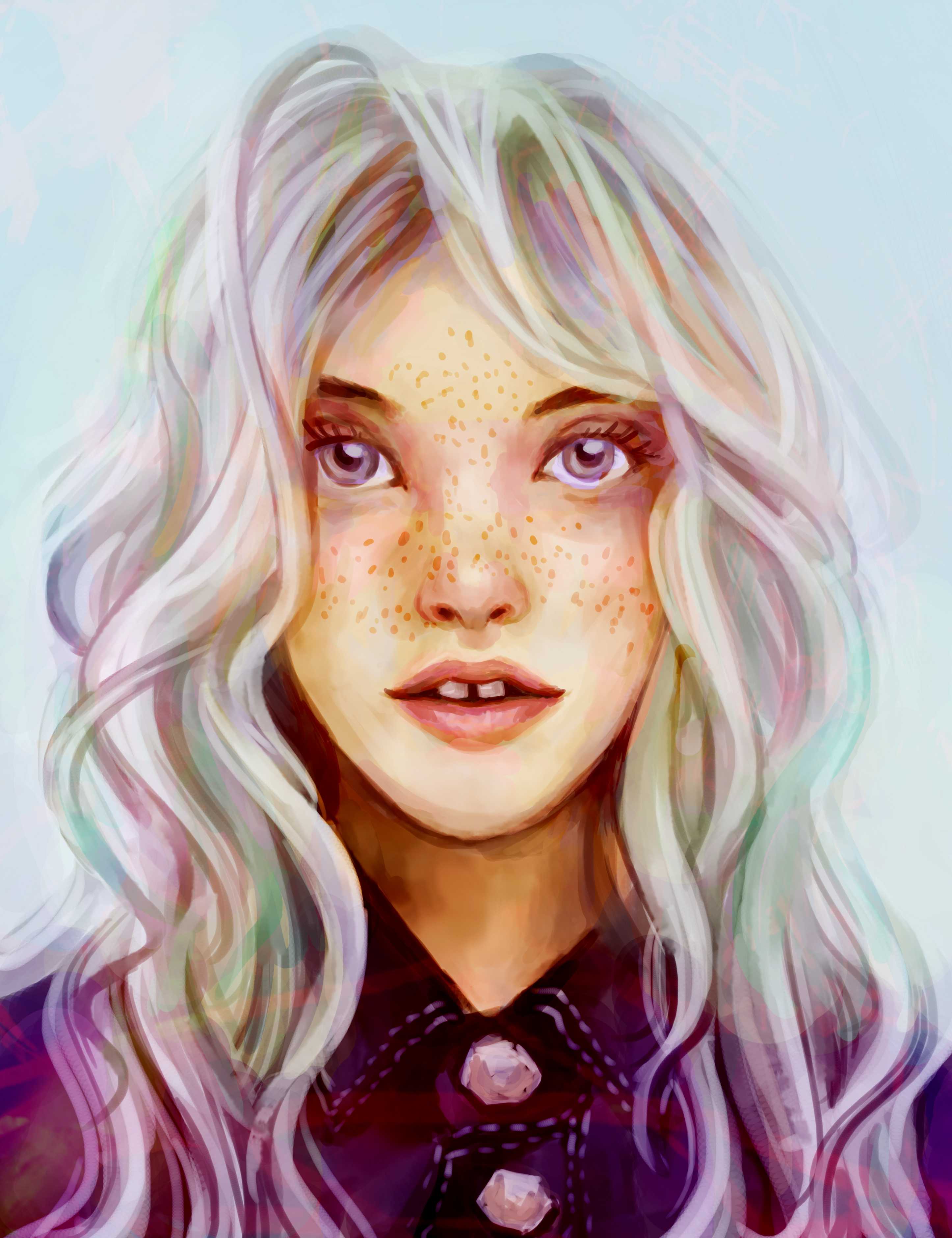In preparation for getting her braces on, my 13-year-old sister Noa recently met with her orthodontist for a consultation. The two agreed that she would have her braces on for about three years, that her elastics would be a neutral white instead of the bright pink and green for which I had opted at her age, and that she would floss regularly. The only point of contention was what purpose the braces served.
“I want you to keep the gap between my two front teeth,” Noa told Dr. Feinberg. Her diastema (the scientific term for the space between front teeth) had long been a defining feature; she often joked that she could fit her entire tongue through the opening, and the gap was cute and charming.
Dr. Feinberg informed her that this would not be possible, despite her diastema not being a medical liability.
Pop culture has long considered gapped front teeth to be a desirable trait, despite common perceptions that it is a cosmetic flaw that can be easily taken care of. Perhaps counterintuitively, it is pop culture that has taught my sister to embrace this quirk. As early as in the The Canterbury Tales, Geoffrey Chaucer describes “the gap-toothed” Wife of Bath, her diastema being symbolic of beauty and lust. Gap-toothed models like Brigitte Bardot and Lauren Hutton dominated magazines in the ‘50s and ‘60s, and stars like Madonna, Anna Paquin, and Georgia Jagger have carried the quirk into the new millennium. Even The Bachelor franchise, a series not known for its progressive beauty standards, starred gap-toothed bachelorette Rachel Lindsay in its latest season.
Les Blank’s 1987 documentary Gap-Toothed Woman looks at women with diastemas from all walks of life; he interviews notable gapped-tooth women like Hutton and United States Supreme Court Justice Sandra Day O’Connor. He gives equal airtime to everyday women to air early childhood grievances on this perceived flaw. Eventually, even the non-models conclude that their diastemas are empowering.
“I’m just wondering if people don’t think there’s some mystique about gap toothed women,” one woman giggles to the camera. “Gap-toothed women are supposed to be sexier.”
However, gaps in teeth need not only be for their aesthetic value. Diastemas are a non-issue, and fixing them can be expensive and painful.
For example, Patricia Arquette has famously refused to fix her crooked (albeit not gapped) teeth. When her parents offered her braces, she declined.
“It didn’t feel like it would fit who I was inside,” Arquette said in an interview with Today.
Not only did she cite a refusal to conform to how she was expected to look, but Arquette also believed that her teeth added character, and gave her a unique advantage in pursuing a career on screen.
Moreover, diastemas are also genetic, a symbol of heritage.
“Everybody in my family has [a gap], the women in my family,” says another woman in Blank’s documentary.
Growing up, I was the only woman in my family without gapped-teeth, and it was my mother and sister who got attention for their sweet smiles. Their grins were reflected in television and magazines, and it makes me sad that the trait I have always admired will soon disappear. I’d like for my sister to plead with Dr. Hirsch to keep her diastema; at the very least, I’d like for a 45-year-old orthodontist to stop telling my pubescent sister what she should look like.








